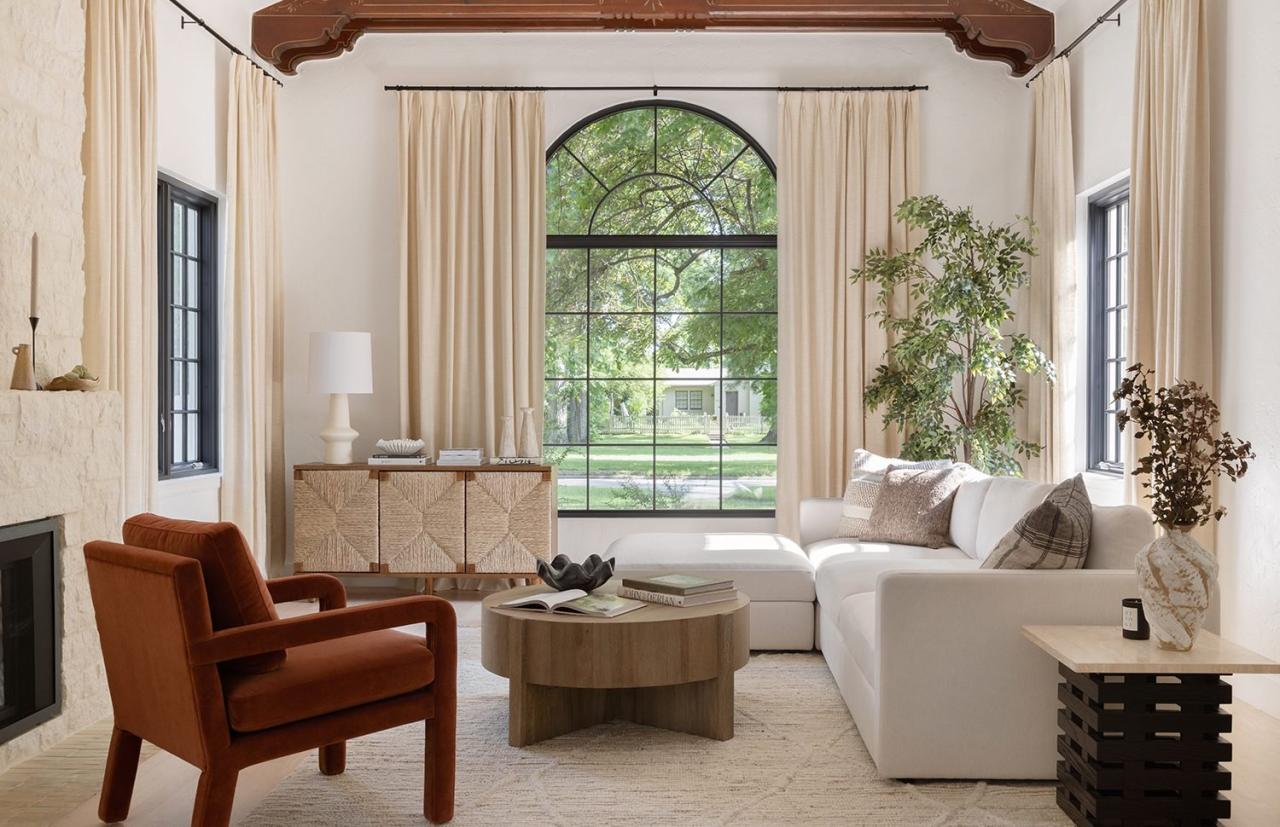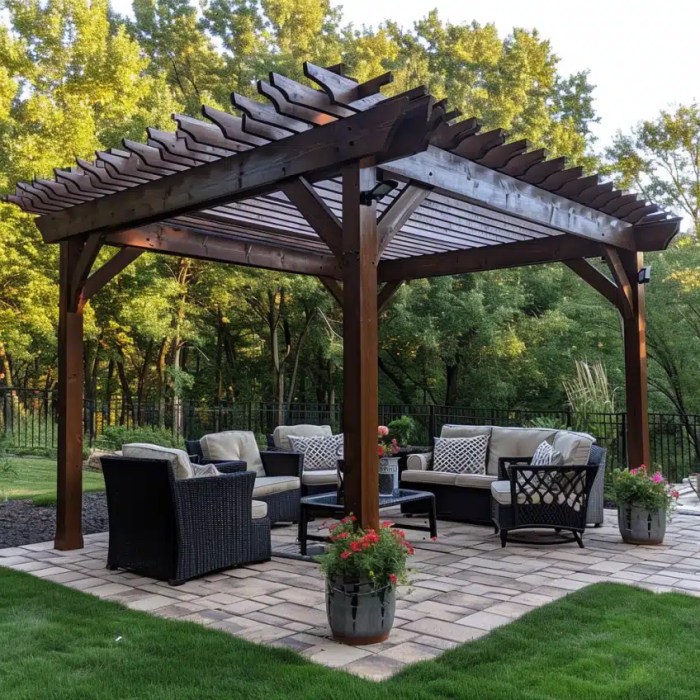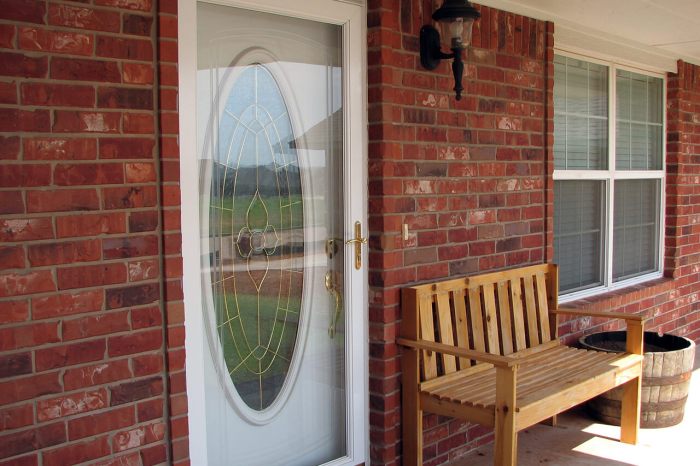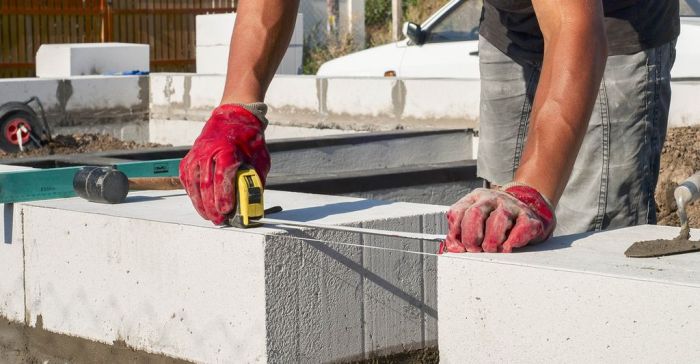Interior Decor Mistakes That Hurt Your Homes Value: A Guide to Avoiding Common Pitfalls
Exploring the world of interior decor mistakes that can impact your home's value, this article delves into the common pitfalls and how to steer clear of them. Get ready to uncover valuable insights that will transform your living space.
Delving deeper, we'll discuss the importance of color schemes, lighting design, and furniture placement in maintaining and enhancing your home's worth.
Common Interior Decor Mistakes

When it comes to interior decor, there are certain mistakes that homeowners often make, unknowingly impacting the value of their homes. These mistakes can range from design choices to maintenance oversights, ultimately affecting the overall appeal and worth of a property.
Ignoring Proper Lighting
One common mistake in interior decor is neglecting the importance of proper lighting. Poor lighting can make a space feel dark, cramped, and uninviting. It can also affect the mood and functionality of a room, leading to a negative impact on the overall value of the home.
Overcrowding with Furniture
Another mistake that homeowners make is overcrowding a room with too much furniture. This can make the space feel cluttered and small, detracting from its potential value. It is important to strike a balance between functionality and space to showcase the room's best features.
Ignoring Maintenance and Repairs
Neglecting maintenance and repairs is a common mistake that can significantly decrease a home's value. Issues such as leaky faucets, peeling paint, or damaged flooring can give the impression of a poorly cared for property, ultimately impacting its market worth.
Choosing Trendy Over Timeless
Opting for overly trendy decor choices can also hurt a home's value in the long run. Trends come and go, so it is essential to balance current styles with timeless elements to ensure the home maintains its appeal and value over time.
Choosing the Wrong Color Scheme
Choosing the right color scheme for your interior decor is crucial as it can significantly impact the overall look and feel of your home. The colors you choose can either enhance the value of your property or detract from it, making it important to select wisely.When considering a color scheme for your home, it is essential to think about the mood and atmosphere you want to create in each room.
Different colors evoke different emotions and can affect how spacious or cozy a space feels. For example, light and neutral colors like white, beige, or light gray can make a room feel more open and airy, while darker colors like navy blue or charcoal gray can create a sense of intimacy and coziness.On the other hand, a mismatched color scheme can have a negative impact on your home's value.
When colors clash or do not harmonize well together, it can make a space feel chaotic and unbalanced, turning off potential buyers or guests. This can ultimately decrease the perceived value of your property.
Examples of Color Schemes that Enhance Home Value
- Monochromatic: Using varying shades of the same color creates a cohesive and sophisticated look.
- Complementary: Pairing colors that are opposite each other on the color wheel, such as blue and orange, can create a dynamic and visually appealing space.
- Analogous: Choosing colors that are next to each other on the color wheel, like blue and green, can create a harmonious and calming atmosphere.
Overlooking Lighting Design
Proper lighting design is a crucial element in interior decor that can significantly impact the overall look and feel of a home. Lighting has the power to enhance the aesthetic appeal of a space, create ambiance, and even make rooms appear larger or more inviting.
However, overlooking lighting design can have negative consequences on a property's value and overall appeal.
Importance of Proper Lighting Design
- Proper lighting can highlight key features of a room and draw attention to architectural details, increasing the perceived value of a property.
- Well-placed lighting can improve the functionality of a space by providing adequate illumination for tasks such as reading, cooking, or working.
- The right lighting can create a warm and inviting atmosphere, making a home more welcoming to potential buyers.
Tips for Effective Lighting Design
- Utilize a mix of lighting sources, including overhead lights, task lighting, and accent lighting, to create layers of light and enhance the ambiance of a room.
- Consider the function of each space when choosing lighting fixtures and bulbs to ensure adequate brightness and the right color temperature.
- Install dimmer switches to control the intensity of light and create different moods for various activities or times of day.
Negative Impact of Poor Lighting Choices
- Poor lighting choices, such as harsh overhead lighting or insufficient illumination, can make a space feel cold, uninviting, and unappealing.
- Inadequate lighting can make rooms appear smaller and poorly designed, potentially lowering the perceived value of a property in the eyes of potential buyers.
- Dark or shadowy areas caused by poor lighting can detract from the overall aesthetics of a space and make it less functional for everyday activities.
Neglecting Furniture Placement
When it comes to interior decor, furniture placement plays a crucial role in determining the functionality and aesthetic appeal of a space. Properly arranged furniture can enhance the flow of a room, maximize space, and create a welcoming atmosphere. On the other hand, neglecting furniture placement can result in a cluttered, unbalanced, or uninviting environment that can detract from a property's overall value.
Guidelines for Furniture Arrangement
- Consider the room's focal point, such as a fireplace or a large window, and arrange furniture around it to create a cohesive layout.
- Ensure there is enough space for easy movement around the furniture, aiming for a balance between functionality and aesthetics.
- Avoid pushing all furniture against the walls; instead, create intimate seating areas by pulling furniture away from walls and closer together.
- Take into account the scale and proportion of furniture pieces to maintain a harmonious look within the space.
Examples of Improper Furniture Placement
- Placing a large sofa directly in front of a window, blocking natural light and views, making the room feel cramped and unwelcoming.
- Overcrowding a room with too much furniture, leaving little space for movement, resulting in a cluttered and chaotic environment.
- Ignoring the flow of a room by placing furniture in a way that disrupts the natural pathways, hindering functionality and creating visual obstacles.
End of Discussion

In conclusion, by avoiding these interior decor mistakes, you can elevate your home's value and create a space that is both aesthetically pleasing and financially rewarding. Take these lessons to heart and watch your home shine.
Commonly Asked Questions
How do common interior decor mistakes affect a home's value?
Common mistakes like poor color choices or improper lighting can lower a home's perceived value and make it less appealing to potential buyers.
Why is choosing the right color scheme important for home value?
The right color scheme can enhance the overall look and feel of a home, increasing its value and attractiveness to buyers.
What role does furniture placement play in interior decor?
Proper furniture placement can maximize space, improve flow, and highlight the best features of a home, ultimately increasing its value.


